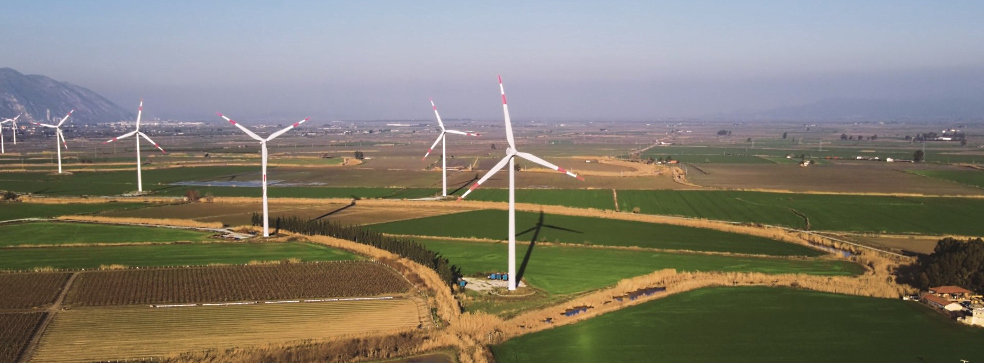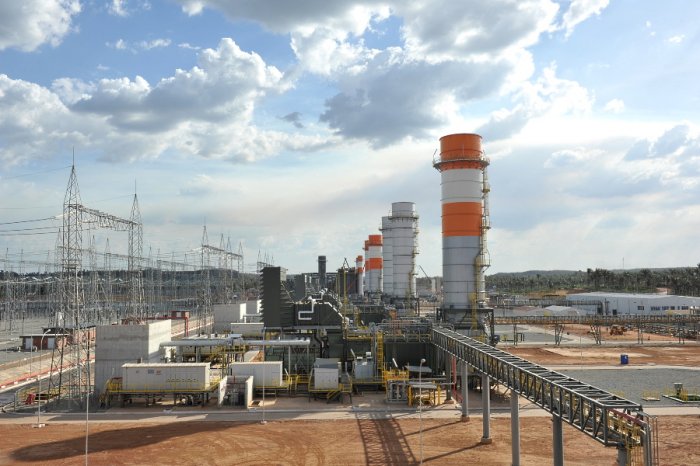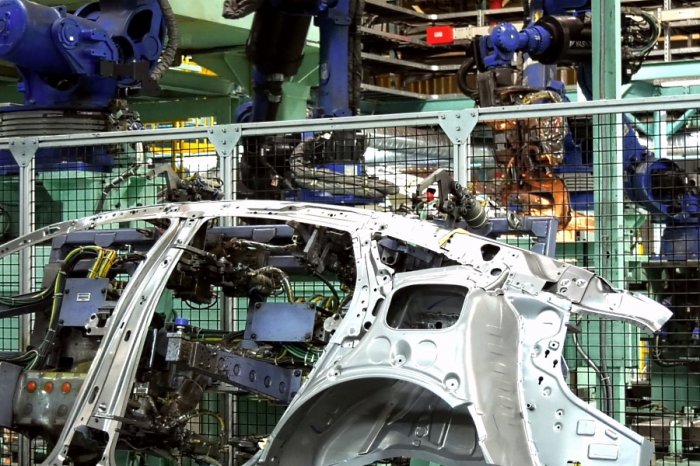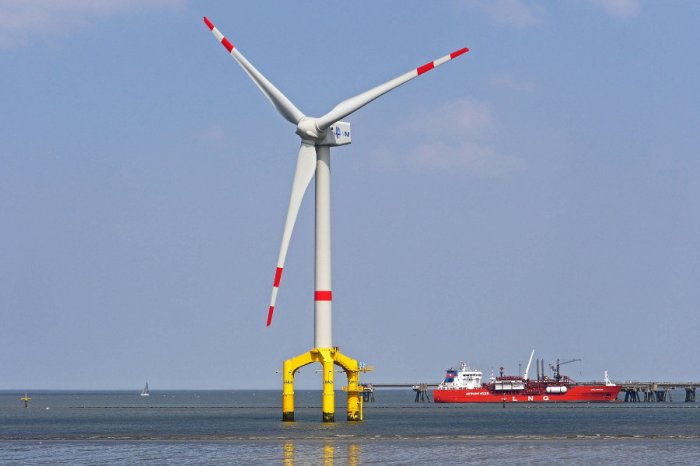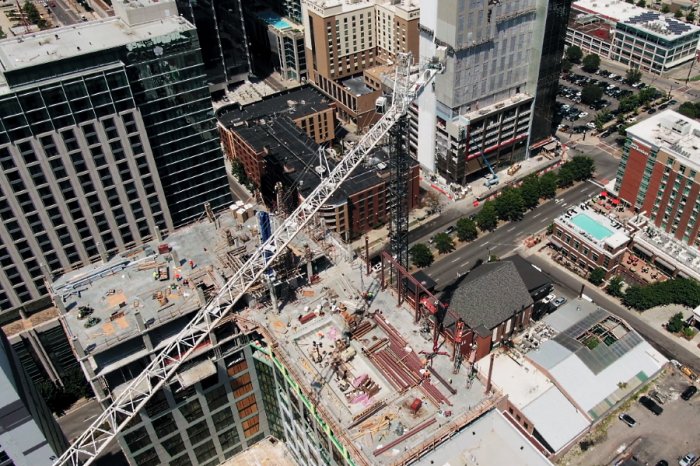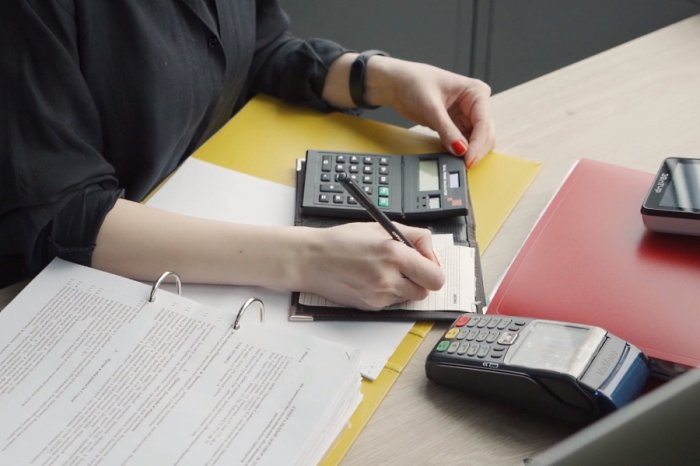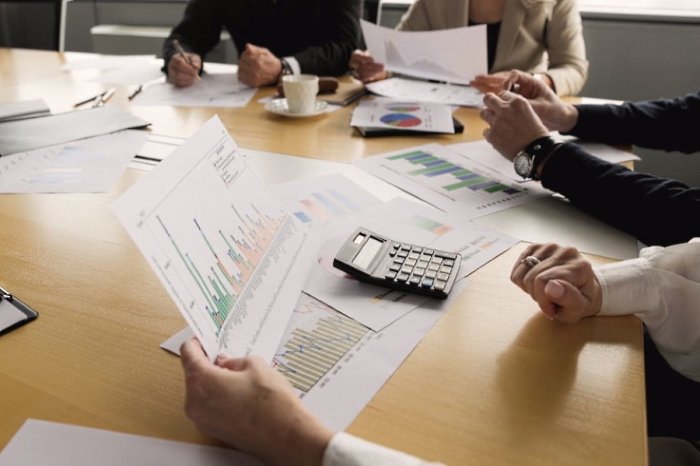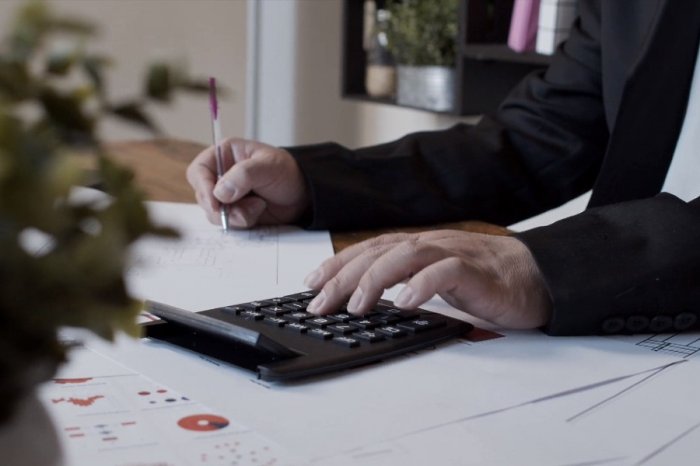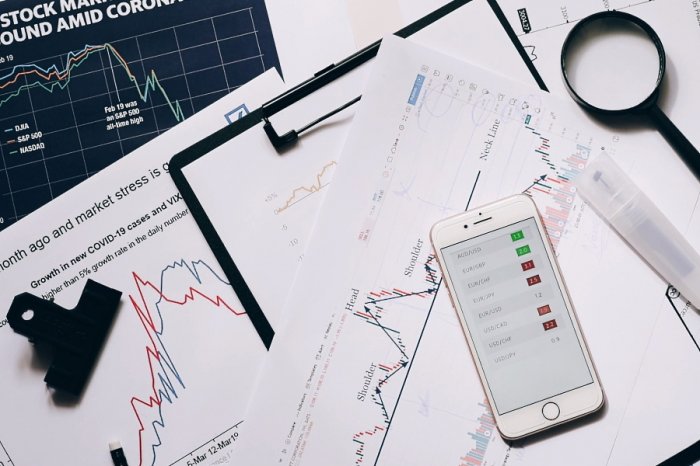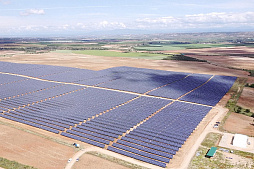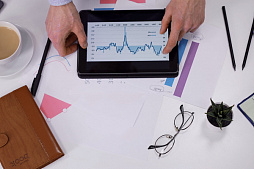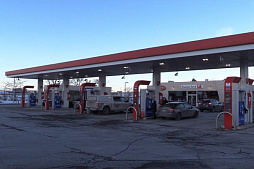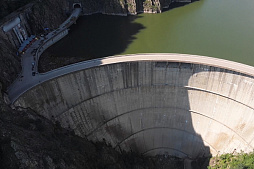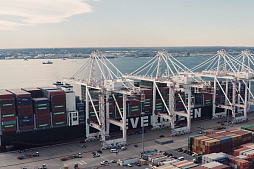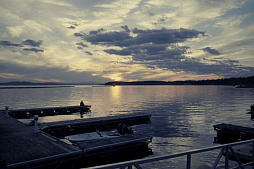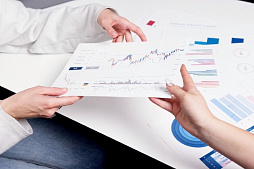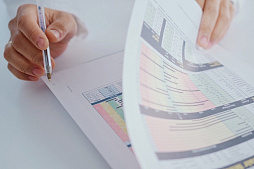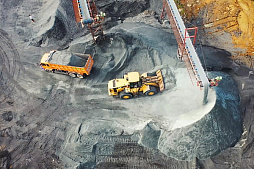After receiving the necessary documents (application form and project presentation), our team will try to review your request as soon as possible, and leading experts will offer the best options for project funding.
Commercial and industrial loans (also known as C&I loans), which are usually issued for a short term, can be a valuable financial tool for innovative asset renewal, including the implementation of ongoing measures to improve the efficiency and environmental friendliness of wind farms.
In 2021, the construction of wind farms cost about 1.2-1.5 million euros for every megawatt of installed capacity.
The capital needs of technically sophisticated offshore wind farms are much higher given the complexity of constructing supporting foundations and other offshore structures.
Medium-sized projects in this industry can cost owners hundreds of millions of euros, requiring active leverage at the earliest stages, including long-term bank financing.
ESFC Investment Group, a European company with a broad international presence, has brought together a multidisciplinary team of financial experts specializing in renewable energy projects, including wind farms, solar power plants, biogas and geothermal projects. We accompany clients at all stages of the project, including planning and financial modeling, lending, debt service and refinancingt.
The financial engineering services offered are tailor-made for a specific project and help to satisfy the interests of project participants by obtaining financing on adequate terms using all potential tax incentives and preferences.
We help companies resolve any financial issues at the international and national level, taking into account all the requirements of a particular jurisdiction.
If you are interested in long-term bank financing up to 90% of the cost of an investment project, please contact us for details.
Don't forget to check out the latest news on our website.
Bank financing of wind energy projects
Today, banks provide most of the financial resources needed to develop wind energy.Bank project financing involves a detailed assessment of a specific project, including an analysis of project risks and the financial potential of an object in the long term.
Its advantages are listed below:
• Attracting large funds for the long term.
• High concentration of financial resources to solve a specific project problem.
• Flexible terms of the loan and their adaptation to a specific project.
• Securing the loan with assets and cash flows of the future project.
• Limited use of credit guarantees.
• Relatively fast decision-making.
Attracting large bank loans for the construction of a wind farm is a complex multi-level task that should be entrusted to a professional team at an early stage.
This is natural, since the bank is striving to reduce risks in every possible way. The financial institution, among other things, has the right to request from the company detailed information about the wind farm project itself, as well as about other assets, operating activities for a certain period, and much more.
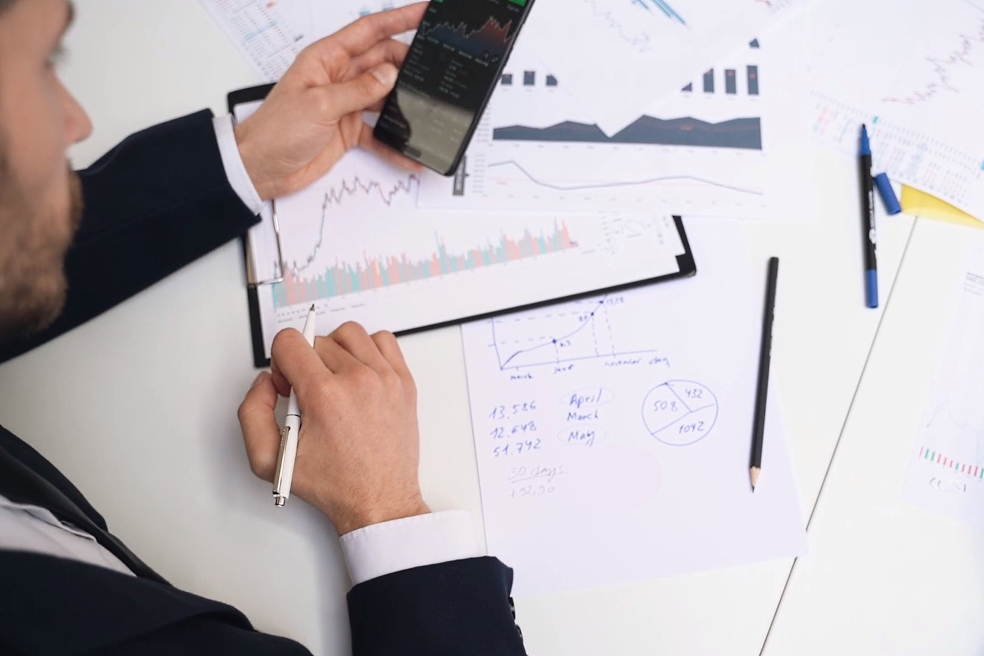
Table: Instruments of bank project financing of wind farms.
| Instruments for attracting financing | Alternative finance instruments | Corporate investment instruments |
|
|
|
Successful bank financing starts with high-quality planning, development of technical and financial documentation, obtaining the necessary permits and licenses.
Because lending risks are considered to be relatively high, capital providers are usually actively involved in managing the implementation of a wind energy project.
Financing wind farms based on project finance includes the following sources of capital:
• Equity investments that form the equity of a wind energy project. The recommended contribution of initiators in such projects usually does not exceed 25-30%.
• Subordinated debt of the project, which includes obligations of the company at a lower level than other debt obligations. Such funding may be provided by project participants.
• Senior debt, which includes those obligations that give creditors the right of first refusal to repay the debt or sell the borrower's assets in the event of the bankruptcy. Usually these are loans from banking syndicates and international financial institutions.
Bank project financing in wind energy sector is currently the most important form of debt financing for large investment projects such as offshore wind farms with their huge costs.
This area is well mastered by the largest commercial banks around the world. The leading positions in this area belong to the commercial banks of Great Britain, Germany, Holland, France, Japan, the USA and other developed countries. In addition, the International Bank for Reconstruction and Development, the European Bank for Reconstruction and Development and other international financial institutions are showing interest in lending to wind energy projects.
C&I loans for the construction of wind farms
The group of commercial and industrial loans usually includes short-term, liquid asset-backed loans that are issued to business entities to replenish working capital, less often for capital expenditures.In the context of wind farm construction and infrastructure, C&I loans are widely used to finance the purchase of expensive equipment such as tower elements, generators, rotors, wiring and more.
Given the enormous investment needs of wind farm projects in the early stages, these lending instruments are extremely useful. In addition, C&I loans are widely used by energy companies during the operation phase of a wind farm, including to finance operation and maintenance work, repairs, upgrades, staff training, costly environmental activities, and so on.
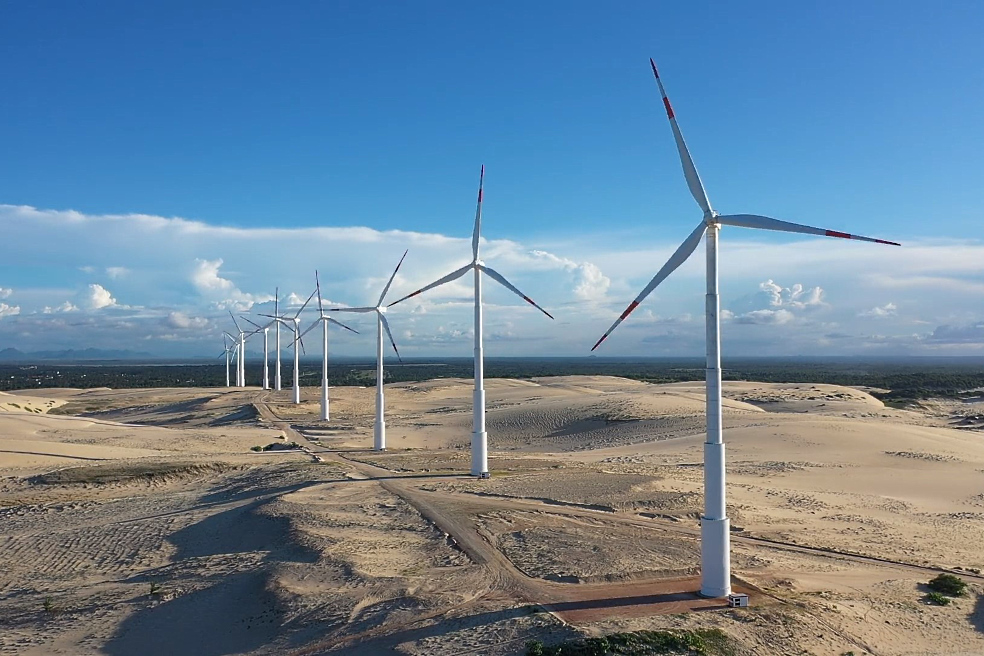
Commercial loans for wind farms are issued if the borrower meets the following requirements:
• A loan is provided only to finance a project or business operation, the analysis of which indicates their profitability, taking into account the economic situation, risks in a particular sector of the national economy and market trends.
• The amount of the loan is within the mobilized borrowed funds, does not exceed the limit set for the bank and does not violate the liquidity standards of its balance sheet.
A comprehensive comprehensive analysis of the borrower's economic activities carried out by the bank indicates high creditworthiness, financial stability, and profitability.
• The loan is provided against high-quality collateral that can be easily realized. As a rule, it can be issued only after the borrower has fully repaid the debt on previous loans.
The use of C&I loans in wind energy projects allows the company to provide the necessary funds for the uninterrupted production process, increase profitability and strengthen control over the implementation of sales plans and profits, as well as save own working capital.
Basically, such enterprises use a short-term loan mainly as a source of working capital formation.
In general, investment and commercial loans are in the nature of short-term business financing with a maturity of up to 2 years.
However, funding schemes can be tailored to the needs of a particular business. In some cases, these may be long-term loans issued for a sufficiently long period against highly liquid project assets.
Lending schemes must also take into account the specifics of wind energy, such as high initial investment.
O&M costs include land lease, insurance, wind turbine maintenance and repair, administrative costs, spare parts, and more.
Modern offshore wind turbines with an installed capacity of 8-10 MW or more are technically complex structures that require expensive professional maintenance. This means high operating costs, which can be covered through C&I loans.
Are you interested in industrial loan, commercial loan, project finance (PF) or long-term bank financing with flexible terms?
Contact ESFC Investment Group specialists.
We are ready to offer a customized financial solution for any wind energy project.



